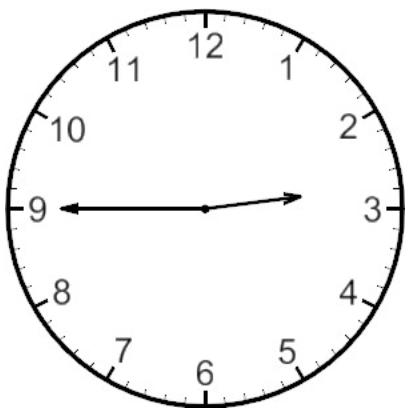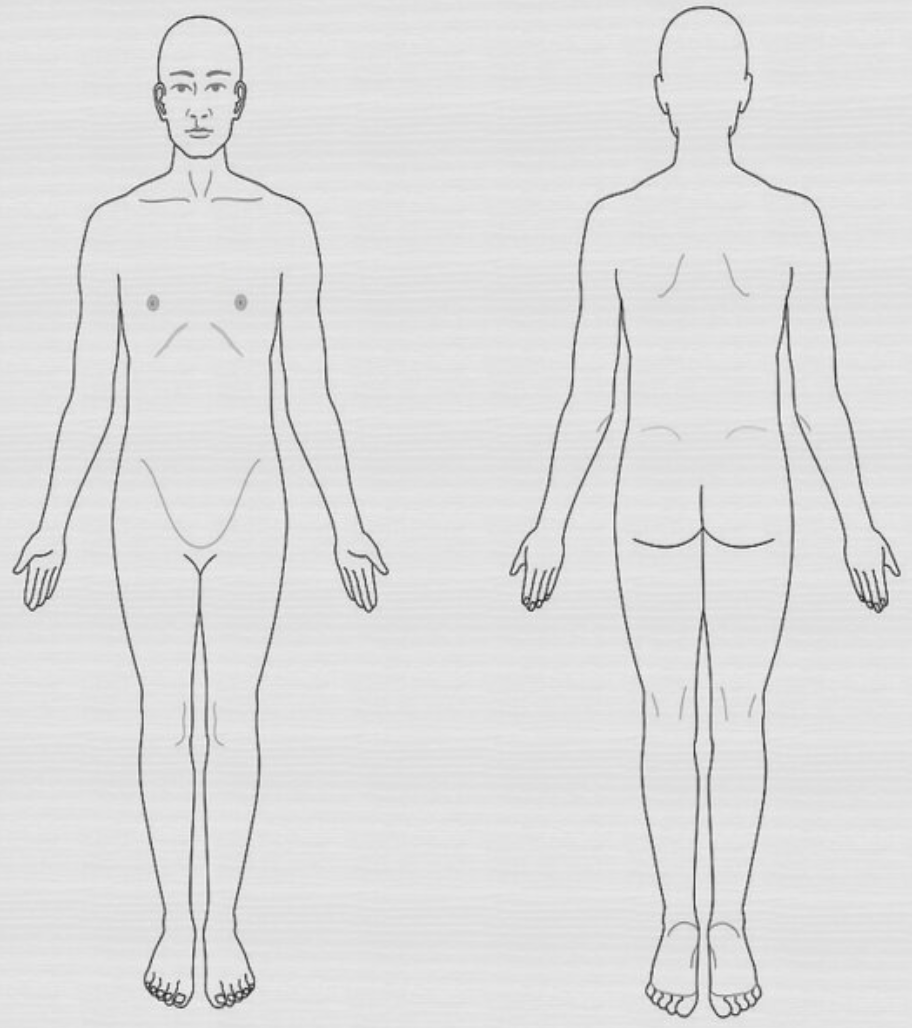What is the air's pathway through the respiratory system?
Nasal cavity -> Pharynx -> Larynx -> Trachea -> Bronchi -> Bronchioles -> Alveoli
Low levels of iron in the blood can result in this condition
Anemia
This method of note taking has a left column for cue words and questions and a larger section for detailed notes
Cornell method
How would you describe the following vital signs?
02 sat: 90%
HR: 120
BP: 80/50
RR: 4 rpm
Temp: 101.2 degrees F
02 sat: Hypoxia
HR: Tachycardia
BP: Hypotension
RR: Bradypnea
Temp: Febrile
This abnormal lung sound has a low-pitched rumbling sound caused by mucous or secretions
Rhonchi
A 6-month-old infant presents with wheezing, rapid shallow breathing, cough, and fever. Lung sounds reveal diffuse wheezes.
Final Jeopardy Prompt: Based on the signs and symptoms, identify the most likely disorder, explain why it is classified as a ventilation disorder rather than a respiration disorder, and justify one appropriate treatment approach.
Bronchiolitis; it affects airflow (ventilation) due to inflamed bronchioles, not alveolar gas exchange; treatment may include supportive care such as oxygen therapy or bronchodilators.
Gas exchange occurs in this part of the respiratory system
Alveoli
Break down this word: Myocardial Infarction
Myo= muscle
Cardial= heart
Infarction= Tissue death
What are the levels of organization for an organism?
Atom -> Molecule -> Organelle -> Cell -> Tissue -> Organ -> Organ System -> Organism
Stridor
A broad term often used for conditions like asthma, characterized by airway hyper-responsiveness and narrowing
Reactive Airway Disease (RAD)
A patient with pulmonary fibrosis presents with progressive shortness of breath and fine “Velcro-like” crackles on auscultation.
Final Jeopardy Prompt: Explain why this is classified as a respiration disorder rather than a ventilation disorder, and evaluate which treatment strategies would be most effective in slowing disease progression and supporting oxygenation.
Respiratory disorder because it impairs alveolar-capillary gas exchange, not airflow mechanics; anti-fibrotic medications, oxygen therapy, and pulmonary rehabilitation are most effective.
*DOUBLE JEOPARDY*
What is the difference between ventilation and respiration?
Ventilation is the mechanical movement of air and respiration is physiological process of gas exchange
Signs and symptoms of a heart attack may include all of the following EXCEPT:
a. irregular pulse.
b. shortness of breath.
c. cyanosis.
d. high blood pressure.
C. Cyanosis

What time does this clock show?
3:45
This disease is caused by damaged alveolar walls, which impair gas exchange
Signs and Symptoms
SOB, Chronic cough, Wheezing, Barrel Chest and Prolonged exhalation
Emphysema
*DOUBLE JEOPARDY*
Ben, an avid skier, obtains an injury in his C3 vertebrae while on a skiing trip. He is now presenting with belly breathing. What type of breathing is occurring?
Diaphragmatic breathing
A 62-year-old smoker reports progressive shortness of breath, a chronic productive cough for the past 3 years, and frequent respiratory infections. Lung sounds reveal rhonchi and crackles.
Final Jeopardy Prompt:
Differentiate between emphysema and chronic bronchitis, determine which COPD subtype best fits this case, and defend your reasoning using both symptoms and lung sounds.
Chronic bronchitis; productive cough for ≥3 months in 2 consecutive years, frequent infections, rhonchi/crackles indicate mucus obstruction.
This substance lines the alveolar surface, reduces surface tension and prevents the alveoli walls from collapsing
Surfactant
Risk factors for cardiovascular disease include:
a. smoking.
b. a low-salt diet.
c. hepatitis.
d. thyroid disease.
A. Smoking

What are the two body planes shown above?
Anterior and posterior
Your patient presents with the following:
Unexplained weight loss
Persistent cough
Night sweats
Fever
Chest pain
What do you think they might have?
Tuberculosis (TB)
Bronchodilators are used to treat what two respiratory diseases?
Asthma and COPD
Describe how external and internal respiration work
External respiration is gas exchange between lungs and blood
Internal respiration is gas exchange between blood and body's tissue
When administering oxygen by mask, in addition to routine care and precautions, the nursing assistant should:
a. provide emotional support and reassurance.
b. make sure the mask covers only the mouth.
c. remove the mask for bathing and meals.
d. pull the straps until they are very tight.
A. Provide emotional support and reassurance.
Not enough glucose in a cell would affect this organelle's ability to produce energy
Mitochondria
This is an abnormal pattern of breathing; includes periods of deep, rapid breathing followed by periods of shallow breathing or apnea
Cheye-Stokes Respirations
Air or gas in the cavity between the lungs and chest cavity, leading to a collapsed lung
Pneumothorax